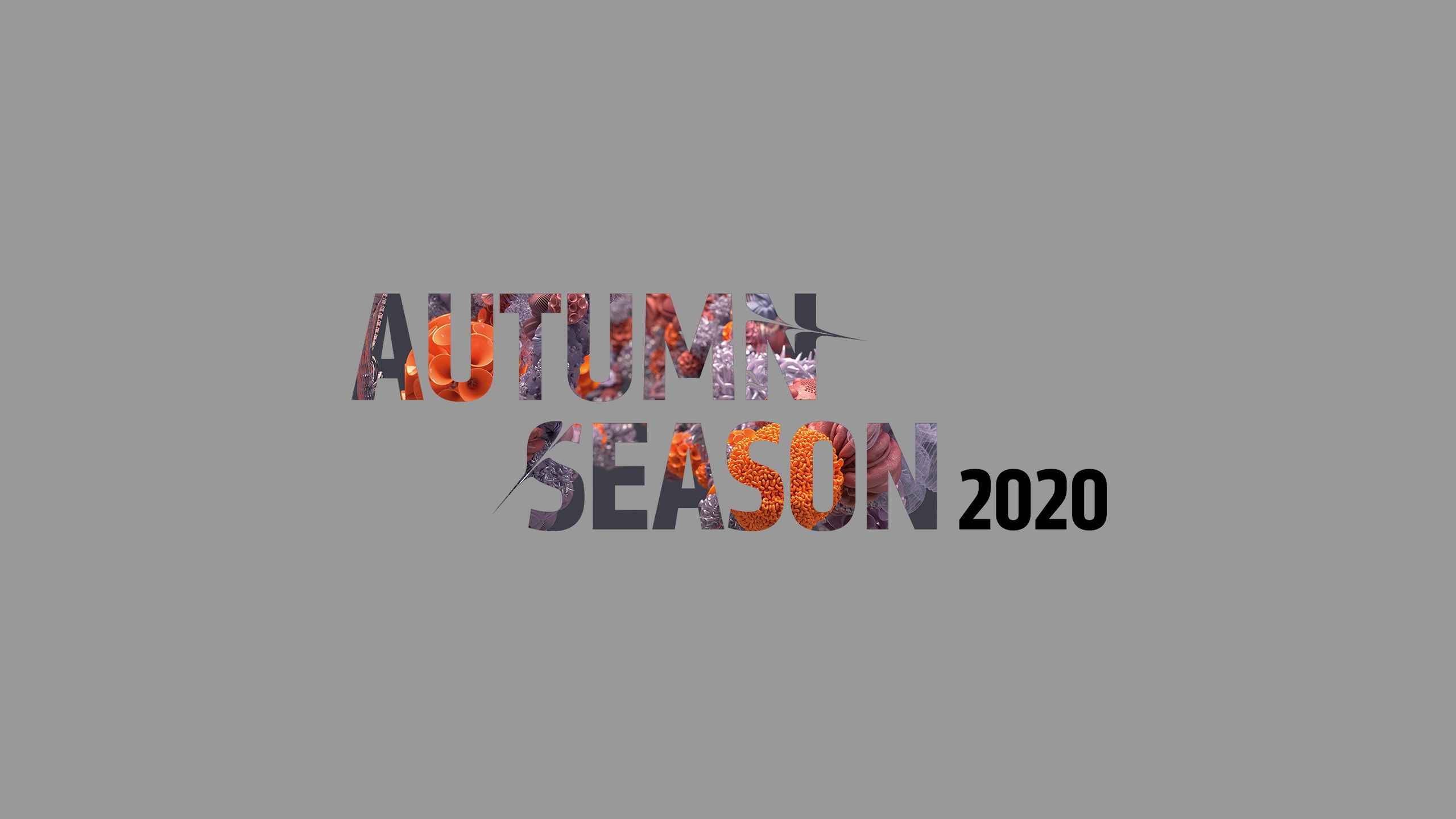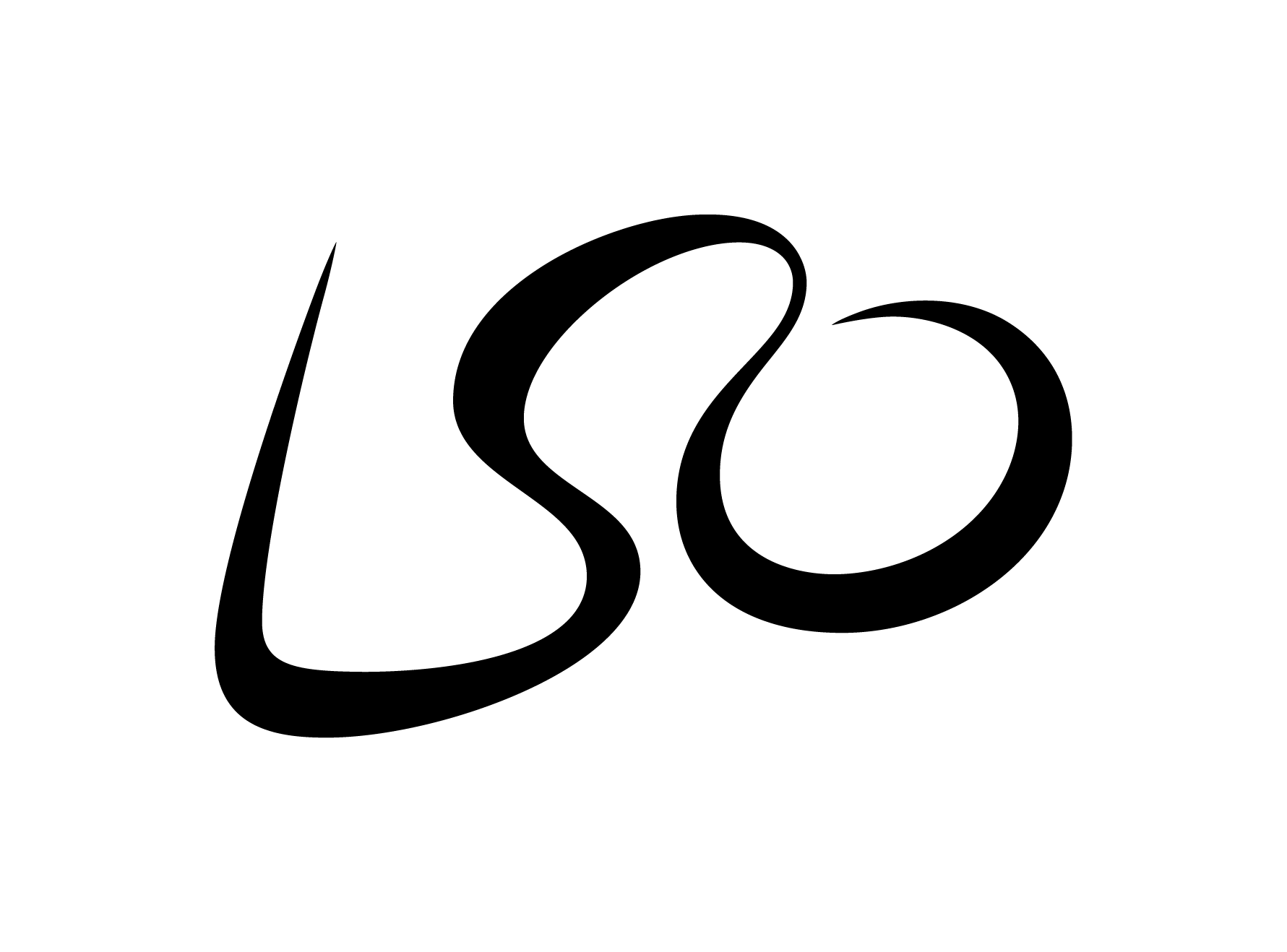
Thank you for joining us.
It is a real joy to see the London Symphony Orchestra return to concert performances at LSO St Luke's this autumn. A warm welcome to the numerous guest conductors and artists who will join the LSO in the Jerwood Hall over the coming months, and welcome back to our family of conductors: Sir Simon Rattle, Gianandrea Noseda and François-Xavier Roth.
We are grateful for the support of Art Mentor Foundation Lucerne, DNA Nudge and our Technical Partner, Yamaha Professional Audio, in aiding the LSO's return to work.
It is a pleasure to invite you to watch and listen today. I hope you enjoy the performance, and that you are able to join us again soon.

Kathryn McDowell CBE DL; Managing Director
Kathryn McDowell CBE DL; Managing Director
Wednesday 2 September
Duke Bluebeard's Castle
Bartók orch Kloke Duke Bluebeard's Castle (for chamber orchestra)
Sir Simon Rattle conductor
Karen Cargill soprano
Gerald Finley bass
Visit our website for information on how we are ensuring activity at our venue LSO St Luke’s is COVID-19 secure.
The support of our audience has truly never been more important for the Orchestra and its world-class artistic programme. By supporting us now and in the months to come, you will help us to continue to adapt our music-making and activities to meet the challenges of these times, including sharing the gift of music with our local communities through our LSO Discovery programme.
Bartók orch Kloke
Duke Bluebeard's Castle

1. First door: Bluebeard’s torture chamber
2. Second door: the armoury
3. Third door: the treasury
4. Fourth door: the garden
5. Fifth door: Bluebeard’s vast and beautiful domains
6. Sixth door: the lake of tears
7. Seventh door: Bluebeard’s wives
The Genesis of Duke Bluebeard’s Castle
Béla Bartók embarked on this his first stage work in 1911, aged 30. He completed it in about seven months. His motivation was a competition for one-act operas sponsored by his publisher Rózsavölgyi. His librettist was the poet and aesthetician Béla Balázs. Balázs had drafted his short play Duke Bluebeard’s Castle during 1908-10. He offered it as a libretto to both Bartók and their mutual friend Zoltán Kodály. The subject held no appeal for Kodály, but Bartók was immediately fascinated – perhaps, as conductor István Kertész suggested, because he recognized himself in the secretive, melancholy Duke Bluebeard.
Balázs’s chief inspiration was Maurice Maeterlinck’s 1899 play Ariane et Barbe-Bleue, which also inspired Paul Dukas’ only opera. This was loosely based on Charles Perrault’s bloodthirsty fairytale of 1697 Barbe-Bleue. However, while Maeterlinck portrayed Ariane as a reluctant bride and focused on her escape from Bluebeard’s castle, Balázs imagined his Judith and Bluebeard as a potentially loving couple destroyed by Judith’s curiosity. Duke Bluebeard’s Castle is one of several early 20th-century operas – including Pelléas et Mélisande, Rusalka and Die Frau ohne Schatten – that use fairytales to explore the human psyche. Balázs’s poetic imagery, and his focus on emotion rather than action, reflect his interest in the Symbolist and Expressionist movements.
To Bartók’s disappointment, the Rózsavölgyi Competition jurors rejected his opera as too static for the stage. It was only following the success of Bartók and Balázs’s 1917 ballet The Wooden Prince, and many revisions to the score, that Duke Bluebeard’s Castle finally received its premiere at the Royal Hungarian Opera House in Budapest on 24 May 1918.
The Story
Duke Bluebeard and his bride Judith arrive at his castle. Judith assures Bluebeard that she does not regret abandoning her family and fiancé. However, the damp, dark hall with its seven locked doors makes her uneasy. She demands the doors be opened to let in light. Bluebeard is reluctant but allows Judith to unlock the first door. It reveals a bloody torture chamber. Judith is frightened but presses on to unlock the second door. She discovers an armoury full of blood-stained weapons.
Bluebeard gives Judith the keys to the next three doors. When she opens them, she sees in turn a splendid treasure-house, a beautiful garden and a magnificent view over Bluebeard’s vast kingdom. Bluebeard urges her to enjoy his wealth, which is hers too. But Judith remains anxious: there is blood on the jewels, the flowers weep blood as she picks them and over the landscape blood-red clouds gather. To Bluebeard’s dismay she insists on unlocking the sixth door. Behind it is a still, silvery lake. Bluebeard tells her it is made of tears.
Bluebeard begs Judith to kiss him and love him unquestioningly. The seventh door must stay forever locked. Judith yields briefly before asking Bluebeard about his past wives: does their blood stain the jewels and the flowers, was the lake made from their tears and are their dead bodies behind the seventh door? She orders Bluebeard to open it.
Three women dressed in beautiful robes, crowns and jewels emerge. Bluebeard praises them as his wives of dawn, midday and evening. Despite Judith’s entreaties, he hails her as his wife of night and clothes her in her own magnificent robe, crown and jewels. Judith silently follows the other wives through the seventh door, her head bowed by the weight of her crown. Alone, Bluebeard declares that in his castle night will now reign forever.
The Music of Duke Bluebeard’s Castle
The music of Duke Bluebeard’s Castle is unmistakeably Hungarian. Just as Janáček evoked Czech speech rhythms in his operas, Bartók captures the rhythms of Hungarian speech through his syllabic text-setting. His distinctive harmonic language – which includes pentatonic, modal and whole-tone elements – reflects his fascination with Hungarian folk music, as does the prominence he gives to woodwind instruments and percussion. Folk traditions also influenced Balázs, whose libretto follows the rhythmic structure of ancient Hungarian folk ballads. The opera’s spoken prologue, often omitted, employs the Hungarian tradition whereby ‘the bard’ introduces his story.
While Duke Bluebeard’s Castle is in effect a sung play – there are no songs or arias, and the vocal style remains syllabic throughout – each character’s part is highly individual. Bluebeard’s plain, declamatory style conveys both his noble dignity and his reserve. Judith’s more restless and wide-ranging part – including a climactic high C as she opens the fifth door – reveals her as extrovert and volatile.
Most striking is Bartók’s orchestral writing. As in a tone poem, the orchestra illustrates the story’s visual, narrative and emotive elements. Among many effects are the high woodwind and xylophone for the torture chamber, the shimmering harp, celeste and solo violins for the treasure-house, flute birdsong for the secret garden and a threnody for low strings and woodwind as Bluebeard greets his wives. Most memorable is the chant-like melody for full orchestra (including organ in the original orchestration) as Judith opens the fifth door: a moment of happiness before the ensuing tragedy.
Growing Acclaim
Duke Bluebeard’s Castle was slow to attract widespread attention, not least because Balázs’s exile in 1919 for engaging in Communist activities meant the opera was banned in Hungary until 1936. However, from the 1950s Duke Bluebeard’s Castle has received a steadily growing number of performances, both on stage and in the concert hall. It has also been recorded more than twenty-five times, and filmed twice: in 1963 by Michael Powell, and in 1988 for BBC television by Leslie Megahey. In the past two years, Duke Bluebeard’s Castle has been performed by more than 25 international opera companies – including in four different productions in 2018 at Hungarian State Opera to mark the opera’s centenary, and in 2020 in a feminist production by Katie Mitchell for Bavarian State Opera that had Judith murder Bluebeard. In 2018 Eberhard Kloke created an alternative chamber version of the score, reducing Bartók’s large orchestra to some thirty players while maintaining the composer’s unique sound world: this is the version performed by the LSO.
Programme note by Kate Hopkins
Artist Biographies

Sir Simon Rattle
LSO Music Director
© Oliver Helbig
© Oliver Helbig
Sir Simon Rattle was born in Liverpool and studied at the Royal Academy of Music.
For some years Principal Guest Conductor of the Rotterdam and Los Angeles Philharmonic Orchestras, in 1980 he became Principal Conductor and Artistic Adviser of the City of Birmingham Symphony Orchestra, stepping up to Music Director from September 1990 until August 1998. He is also Founding Patron of the Birmingham Contemporary Music Group and since the early 1990s, has been a Principal Artist of the Orchestra of the Age of Enlightenment.
In September 2002 Sir Simon became Chief Conductor and Artistic Director of the Berliner Philharmoniker, where he remained until June 2018.
In September 2017, Simon took up the position of Music Director of the London Symphony Orchestra.
Read Sir Simon Rattle's full biography on his agents' website
Karen Cargill
mezzo-soprano
© Nadine Boyd Photography
© Nadine Boyd Photography
Scottish mezzo-soprano Karen Cargill studied at the Royal Conservatoire of Scotland and was the winner of the 2002 Kathleen Ferrier Award.
Karen regularly sings with the Boston, Cleveland, Philadelphia, Chicago, Rotterdam and Berlin Philharmonic Orchestras, Dresden Staatskapelle, London Symphony and Philharmonic Orchestras, Bavarian Radio Symphony Orchestra, Danish Radio Sympohony Orchestra and the Royal Concertgebouw Orchestra. She appears regularly at the BBC Proms and the Edinburgh International Festival.
In July 2018 Karen was awarded an Honorary Doctorate from the Royal Conservatoire of Scotland. She is also Patron of the National Girls’ Choir of Scotland.
Gerald Finley
bass-baritone
© Sim Canetty Clarke
© Sim Canetty Clarke
Grammy-award winning bass-baritone Gerald Finley is a leading singer and dramatic interpreter of his today. He began with the baritone roles of Mozart; his Don Giovanni and Count in The Marriage of Figaro have been heard live throughout the world and on DVD. Recent signature roles include Guillaume Tell, J Robert Oppenheimer in John Adams’ Dr Atomic, and Jaufré Rudel in Saariaho’s L’amour de loin. He created Harry Heegan in Mark Anthony Turnage’s The Silver Tassie, and has recent critical success as Verdi’s Iago and Falstaff, Wagner’s Hans Sachs and Amfortas and Bartók’s Bluebeard.
London Symphony Orchestra
On Stage:

Leader
Carmine Lauri
First Violins
Clare Duckworth
Ginette Decuyper
Laura Dixon
Gerald Gregory
Maxine Kwok
Claire Parfitt
Laurent Quenelle
Harriet Rayfield
Sylvain Vasseur
Alix Lagasse
Csilla Pogany
Second Violins
David Alberman
Thomas Norris
Sarah Quinn
Miya Väisänen
Matthew Gardner
Naoko Keatley
Belinda McFarlane
Iwona Muszynska
Paul Robson
David Ballesteros
Violas
Edward Vanderspar
Gillianne Haddow
Malcolm Johnston
German Clavijo
Carol Ella
Julia O'Riordan
Cellos
Rebecca Gilliver
Alastair Blayden
Jennifer Brown
Noel Bradshaw
Laure Le Dantec
Double Basses
Graham Mitchell
Matthew Gibson
Joe Melvin
José Moreira
Flute
Gareth Davies
Piccolo
Sharon Williams
Oboes
Christopher Cowie
Rosie Jenkins
Cor Anglais
Maxwell Spiers
Clarinets
Chris Richards
Chi-Yu Mo
Bass Clarinet
Katy Ayling
Bassoon
Daniel Jemison
Contra Bassoon
Dominic Morgan
Horns
Laurence Davies
Angela Barnes
Trumpets
Jason Evans
Katherine Smith
Niall Keatley
Trombones
Peter Moore
James Maynard
Bass Trombone
Paul Milner
Tuba
Ben Thomson
Timpani
Nigel Thomas
Percussion
Neil Percy
David Jackson
Sam Walton
Harp
Bryn Lewis
Piano
Elizabeth Burley
Thank You for Joining Us
The support of our audience has truly never been more important. You can help us to continue to adapt our music-making and activities to meet the challenges of these times.
You can also donate now via text.
Text LSOAUTUMN 5, LSOAUTUMN 10 or LSOAUTUMN 20 to 70085 to donate £5, £10 or £20.
Texts cost £5, £10 or £20 plus one standard rate message and you’ll be opting in to hear more about our work and fundraising via telephone and SMS. If you’d like to give but do not wish to receive marketing communications, text LSOAUTUMNNOINFO 5, 10 or 20 to 70085. UK numbers only.
Thank you.
Keep Exploring
- Subscribe to our YouTube channel, where you can watch over 500 videos, including new music released every Sunday.
- Follow us on Facebook, Instagram and Twitter for quizzes, listening suggestions and more.
- Find us on Apple Music to listen to all our recordings.
- Sign up to our email list to be the first to hear about our latest news and programmes.



